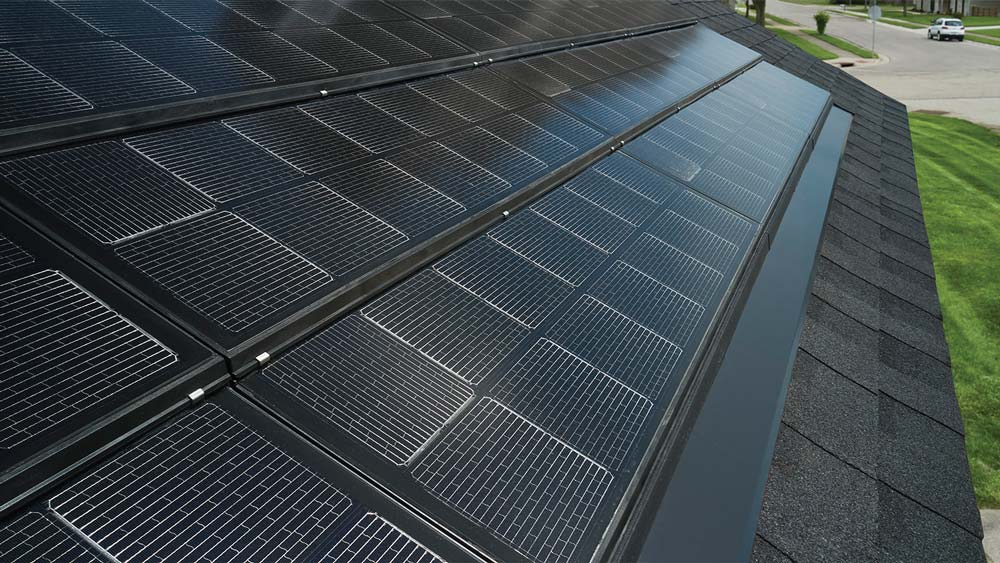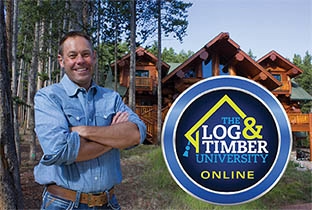
Sustainable. Eco-friendly. Environmentally conscious. Whatever you call it, it’s a value-add that consumers today are increasingly prioritizing, and retailers and manufacturers are taking note — for better or worse. You may have heard the term “greenwashing,” which was coined to describe some companies’ efforts to hitch their wagon to the sustainability movement without taking the sometimes significant steps necessary to create healthier, safer, responsibly manufactured goods. So when everyone is staking a claim to sustainability, it can be hard to discern what’s serious and what’s a stretch.
Here, Kathryn Soter, the executive director of the Good Future Design Alliance (an organization of builders and designers promoting “low-waste design practices to reduce construction waste for future generations”), sets the record straight — and shares some top-notch sources to shop.
The Myth: The label “low-VOC” (volatile organic compound) means a product is safe and healthy.
Getting Real: Perhaps safer and healthier, certainly. But Kathryn advises that’s not all you need to look out for.
“Some products market themselves as low-VOC while still containing harmful chemicals like flame retardants, formaldehyde or even stain repellents,” she says. “These are not necessary additives and the benefits are marginal.” When shopping for paint, “choose low-to-zero-VOC, and use biodegradable ingredients. Water-based, linseed oil and mineral-based paints are best. These can be great alternatives to paints with chemical additives and plasticizers.”
After all, the impacts are far reaching. Kathryn reports that 1.9 million tons of microplastics in our oceans and waterways are from paint. A few brands she recommends: Alkemis Paint, Graphenstone, ECOS, Benjamin Moore EcoSpec and AFM Safecoat.
The Myth: You should swap your finishes and furnishings for more sustainable versions.
Getting Real: While some swaps do make a big difference — and the need will arise organically, like light bulbs — Kathryn notes that one of the most impactful decisions a homeowner can make is simply reusing what they already own.
“Reuse can cut the carbon footprint of a building by two-thirds—that’s the energy not needed to manufacture and transport new materials,” she says. “Reuse is not only the greenest thing you can do, but it also will save you money to spend on higher-quality new things that are the most important to you.”
She also suggests shopping vintage, particularly when trying to fill a new home. However, when buying older rugs, be sure to look for options that have not been “over-dyed,” which is when a company will add a wash of dye to smooth out imperfections, she cautions. “It’s just adding more chemicals.”
The Myth: Recycled components and carbon offsets indicate sustainability.
Getting Real: Unfortunately, shoppers must navigate the home furnishings and materials market with the same discerning eye they take to the grocery store.
Kathryn explains, “Some brands market ‘eco’ furniture because it has some recycled content, but the overall production model is still wasteful. It’s like the difference between food labeled ‘made with natural ingredients’ versus ‘Certified Organic.’ There’s a very big difference.”
She says the key is to look for third-party certifications and/or supply-chain and ingredient transparency from the manufacturer: “If they go to a lot of trouble on their website and even publish impact reports, that’s a good sign.” She points to smaller brands like Meno Home, JOHI, Fyrn and Where Wood Meets Steel, and larger American brands like Room & Board, Lee Industries and Cisco Home as responsible sources.
This same shrewdness should also be applied to claims of carbon offsets touted by companies. “While they can play a role in funding important environmental projects, and can serve as a necessary transition strategy, they often just prevent companies from addressing ways in which they can pollute less,” Kathryn explains.
She suggests digging a little deeper to find out if the company is investing in high-quality, verifiable offsets that support regenerative agriculture, carbon-capture technology or restoring ecosystems. In Kathryn’s view: “That’s a step in the right direction.”
New & Noteworthy: Wool Insulation
Wool has probably made its way into your wardrobe, but what about the walls of your home? This renewable resource is making a name for itself as insulation thanks to the unique structure of its fibers (featuring a hydrophobic exterior and hydrophilic interior), which helps it control both the moisture and temperature of a building. Brands like Havelock Wool tout an R-value of 4.3 per inch when blown in, and 3.9 per inch when installed in batts. Plus, it’s naturally flame resistant and doesn’t require toxic chemicals to hold the batts together.
New & Noteworthy: Sleek Solar
Solar panels have come a long way since the days when they first debuted as obtrusive, clunky devices that sat atop homes like an ill-fitting hat. Recent advancements have delivered panels that are not only sleeker but sturdier. Take, for example, the Solstice Shingle by CertainTeed, which swept multiple award categories at the 2024 International Builders Show thanks to its seamless appearance and brag-worthy brawn, with the ability to be applied in any wind zone and a Class 3 impact-resistance rating.











